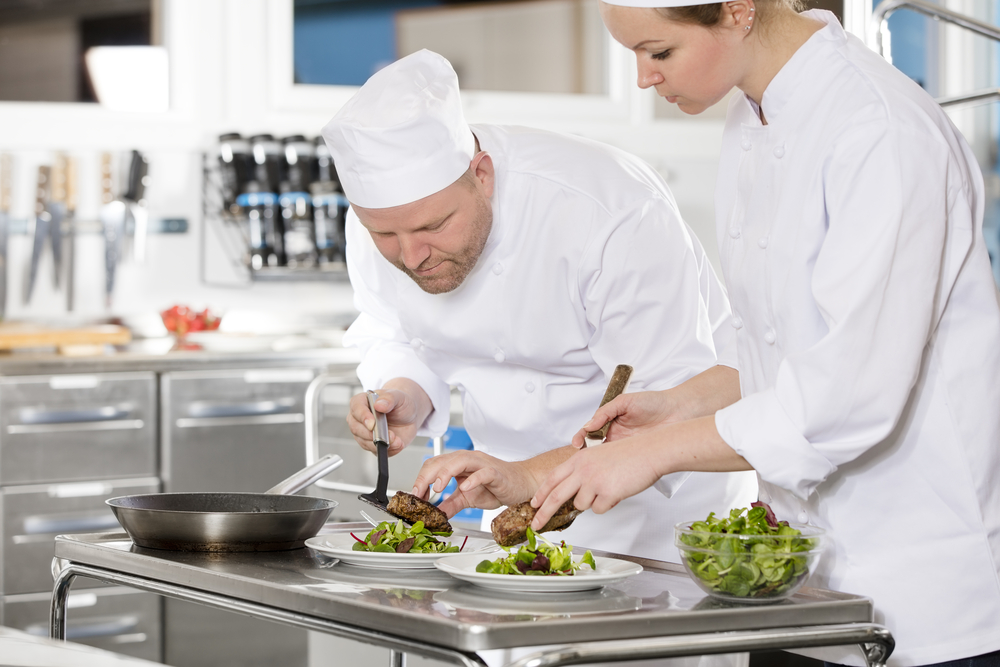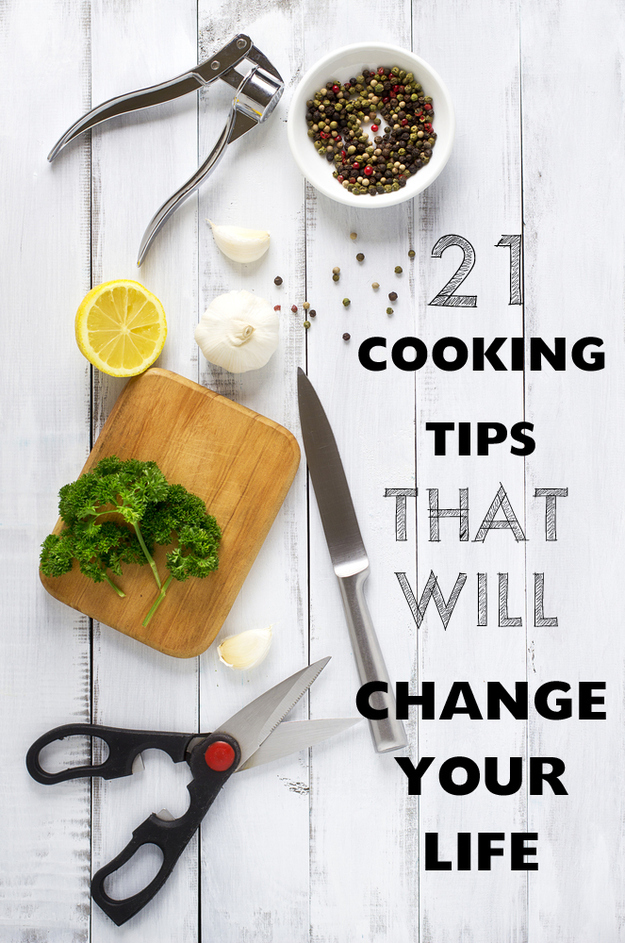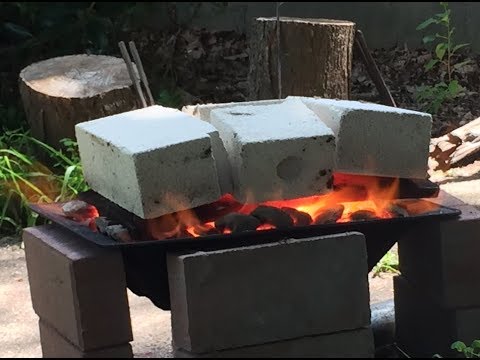
Your children should be able create a simple but effective list of cooking skills. These skills include the ability to create creative recipes and ensure safety in the kitchen. Here are some tips to help you teach your children these essential skills. Here's one example of a checklist:
Here are some essential culinary skills
An aspiring chef should not only have a culinary degree but also know how to properly prepare food. These skills include the ability to identify freshness, prepare meats, fruit, and vegetables, as well as convert standard recipes into larger batches. A chef should have excellent time management skills, and an acute sense of taste and smell. He or she must also be able and competent to handle knives, food equipment, and other tools.
Sauteing is a versatile cooking technique that can be used for a variety of ingredients. The best way to enjoy sauteed vegetables is with garlic butter. Braising is one of the oldest methods of cooking. It involves boiling on a fire. This skill is very basic, but it is still very useful. A good cook is someone who can boil a food. You should also know how to use a knife, and safety tips.
Creative recipes
Creative recipes are key to success in cooking. They are a way to show off your creativity and skills. Creative thinking, also known by divergent thinking allows you to think out of the box to develop new ideas. This is an important skill for a cooking career, because it allows you to experiment with different flavors and cooking techniques and impress your customers. You can experiment with new flavors and impress your employer by using your creative mind. You can experiment with different flavors and come up creative themes for your meals. For creativity to flourish, you can brainstorm and research different cooking techniques.

Another problem with defining cooking skills is that they are not consistent. The authors are not able to agree on which skill is more important. However, they do agree that it should be redefined. They suggest that the definitions should evolve from the perceived "Golden Age", when cooking skills went beyond basic food preparation. To ensure a healthy and vibrant future of food, we must encourage their development and use.
In a kitchen, create a safe space
It is crucial to create a safe working environment in your commercial kitchen for your employees' health. A commercial kitchen can pose a danger to your staff because of the presence of bacteria and electrical equipment. It is important to create a plan for cleaning the kitchen and use safety equipment. Also, make sure that children are supervised in the kitchen. Training employees properly and creating a safety plan are key to avoiding accidents.
Kitchen staff need to be trained in fire safety and fire-resistance. Fire-safety training is available through local fire authorities. The kitchen staff should be able to locate fire blankets or fire extinguishers, operate them, and manually start the fire-suppression system. Employees should be trained in CPR, first aid and other skills as necessary. Kitchens should be equipped with non-slip flooring or mats whenever possible.
Identification of food safety hazards
Your safety program should include identifying food safety hazards, regardless of whether you're cooking for your family or catering for special occasions. Food safety starts with identifying potential hazards. It can prevent product recalls and food poisoning outbreaks. Failure to identify potential hazards could lead to brand damage, regulatory action, and even brand destruction. Codex HACCP compliance in food businesses is vital. Identification of hazards is a key requirement.

Many physical dangers can be harmful to people. These hazards can be either natural or artificial, and they can come from plants or people. Different physical dangers have different chances of causing injury or illness. These hazards do not have to be dangerous. However, they should be recognized and eradicated before they cause injury. To identify potential hazards, determine the source of the danger and how to reduce it. You can also observe the product to identify the source of the danger.
FAQ
Is it possible to be self-taught?
Yes, you can be a self-taught cook! It is something everyone enjoys, regardless of their level of cooking ability. Learn how to cook at home. Start small with things like making pancakes or spaghetti sauce for your dinner. You can learn the most by trying new recipes and making mistakes. You might even make some mistakes.
The time it takes to learn to cook can vary from just a few hours up to several weeks, depending upon your skill level. Cooking is more than following recipes. There are so many ways to prepare food.
How do I get hired to cook?
You can get a job as a cook through word of mouth. People in your circle of friends might know about restaurants that need additional staff. Also, restaurants often advertise openings on bulletin boards and websites.
How much does it cost for you to learn culinary arts?
It is not easy to find a culinary arts degree that costs less than $40,000. For example, a four-year degree typically costs around $40,000. A two-year associate's level degree can cost less than $5,000. Tuition costs vary depending on which program you choose. Public institutions are more expensive than private institutions.
How much does it cost to go to culinary school?
Costs for culinary school vary depending on where you live, how long you study and which program you choose. Average tuition costs between $10,000 and $30,000. Students graduate with approximately $20,000 of debt. There are some programs that offer grants and scholarships as well as work-study options.
How long does learning to cook take? How long will it take me to learn how?
It depends on the skill level. Some people can learn basic cooking techniques in as little as a week. Others may take months or years to master the basics of cooking.
The amount of time needed to learn to cook varies considerably based on the person. An example: Someone who has never cooked before may need more time than someone who makes regular meals. Certain types of cooking require more skill than others. Baking is more difficult than frying.
A specific technique will help you cook faster. Once you've mastered that technique, move on to another one. Don't worry too much about the exact number of days or weeks it takes to learn to cook. Keep practicing and having fun with the whole process.
Statistics
- The median pay for a chef or head cook is $53,380 per year or $25.66/hour, according to the U.S. Bureau of Labor Statistics (BLS). (learnhowtobecome.org)
- On average, chefs earn $58,740 a year, according to the BLS. - learnhowtobecome.org
- under 10 Kids have been taught that there is special food just for them, and Fiese says that 10 percent of kids will throw a tantrum if they don't get the food they want. (washingtonpost.com)
External Links
How To
How to cook your steak
The type of meat you are cooking will determine the right method to use. Thicker steaks should be cooked over low heat. Thicker steaks will need to cook at higher temperatures.
Also, don't cook them too long as it will cause loss of flavor. Make sure to remove the steaks from the pan after it is done. This will help you avoid burning your skin.
Cooking times will vary depending on how large the steak is and what degree of doneness you desire. Here are some guidelines to help you get started:
Medium Rare: Cook till medium rare. This is when the internal temperature of the food reaches 145°F (63°C). This should take between 3 and 5 min per side.
Medium: Cook until medium, which means the internal temp reaches 160degF (71degC). This usually takes about 6 minutes per side.
Good Cooking: Cook the meat until it is done. This means that the internal temperature reaches 180F (82C). This takes between 8 and 12 minutes per side.